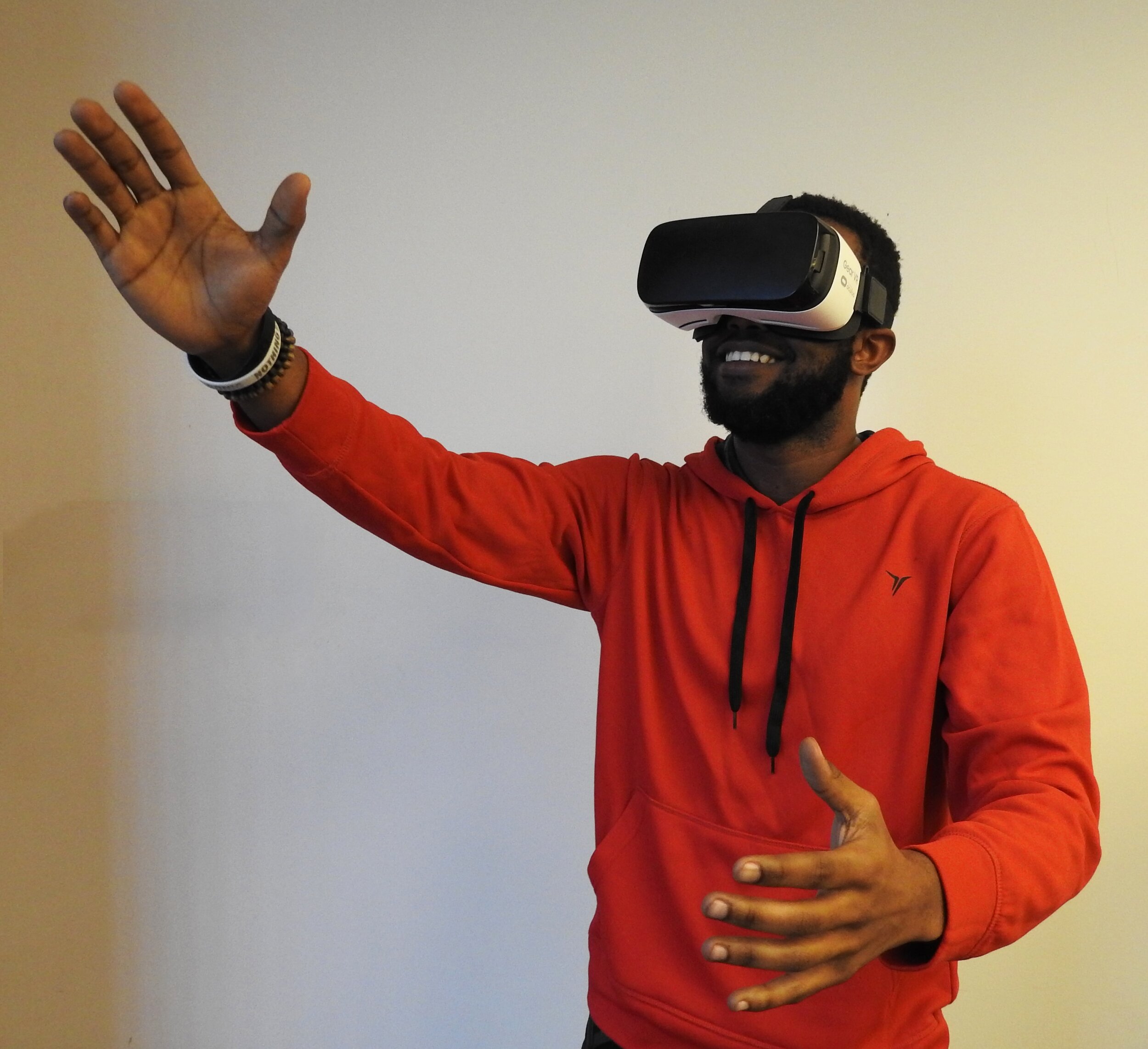Hindsight 2020: Remote Work in the Post-Covid Economy
If hindsight is 20/20, then this year’s lessons should be twice as clear as any other year. As 2020 draws to a close, the top three outstanding themes for the year are clear: the pandemic, remote work, and organizational resilience. We have covered organizational resilience from a number of different angles including strategies to retain employees while growing revenue, using organizational unlearning to transform crisis into opportunity, and harnessing the Underdog Effect to maintain high performance standards for your team in the face of low systemic expectations. By early November, our full study on Managerial Leadership Behavior, Perceived Proximity, and Job Satisfaction in Distributed Work Arrangements with the University of Texas at Tyler reached 376 downloads. However, with less than two months left this year, it is time to turn focus once again to the state of remote work.
The business world embraced remote work in 2020 to cope with Covid-19. From CEOs to interns, we transitioned almost overnight from team meetings around the table and water cooler conversations to Zoom meetings and virtual happy hours. There are many reasons why it took a virus for work to go remote, but as the year draws to a close, it’s time to take stock of what we’ve learned about adapting to remote work, how companies are coping, and what leaders need to know in order to leverage remote work going forward. Since 2017, Owl Labs has released their annual Reports on the State of Remote Work in the United States and around the globe. However, the pandemic-driven embrace of remote work has provided more opportunities for data collection than ever before. The 2020 State of Remote Work Report is required reading for leaders who want to understand and leverage what remote work technology can do for their business, employees, and customers.
What we have learned:
Data from more than 2,000 full time US workers between the ages of 21 and 65, working for companies with 10 or more employees, was collected by Global Workplace Analytics in June and July of 2020. The largest generational cohort was Gen-Xers (46%), followed by Baby Boomers (37%), and Millennials (17%). The majority of respondents were individual contributors (55%) with the balance of participants including Managers (26%), Directors (9%), Consultants (3%), Founders/C-level Executives (3%), VP’s (2%) and Senior or Executive VP’s (2%). Participants had a relatively even gender split with 52% of respondents identifying as female, 48% identifying as male, and were drawn from a variety of organizational functions including operations, customer support, legal, sales, etc.
In 2019, Owl Labs reported that 42% of workers that were already able to work from home at least part of the time wanted to do so more often in 2020. In addition, more than 50% of on-site workers last year expressed a desire to start working remotely in 2020. With roughly 70% of workers working from home in 2020 due to the pandemic, employees got their wish, and the majority of them do not want to return to the office full time when Covid-19 no longer forces the situation. From the employee’s perspective, it is easy to see why:
Respondents reported monthly savings of just under $500 per month on work-related expenses such as gas, tolls, parking, lunches, and the like
In addition, workers reported saving an average of 40 minutes a day by eliminating their commute
50% of respondents indicated that they would like to increase the financial and lifestyle benefits even further by moving if they were permanently able to work remotely
However, not everything about remote work has been sunshine and roses for employees. The report shows that “individuals are facing a more difficult balance between home life and work” (p. 2), one in five are putting in more hours per week than they did before the pandemic, and they have had to get creative about their work-from-home situation to make it work for them. In fact, 15% of survey respondents reported working out of their closet! Yet despite these difficulties 77% of respondents say the ability to work from home after COVID-19 has been addressed will be critical to their workplace happiness. In fact, they are counting on it:
81% of respondents believe that their employer will continue supporting remote work after COVID-19 no longer forces them to do so
80% of full-time workers say they plan to work from home three days per week or more after COVID-19-related restrictions are lifted
Organizational leaders that have struggled with the transition to distributed teams or hybrid work places should not expect a joyful return to the workplace by their people. In fact, 23% of the full-time employees in the survey reported that they would be willing to take a 10% or greater pay cut in order to preserve their ability to work remotely for at least a portion of their work week. However, for leaders hoping for a quick return to normal, an even more worrisome finding is that 50% of respondents indicated that they would vote with their feet by refusing to return to work for an organization that won’t allow them to continue working remotely after Covid-19.
While the economic downturn and the forced move to remote management and e-leadership has been challenging for leaders, there are several bright spots and plenty of good news for organizations. For leaders, perhaps the biggest take-away from the 2020 study is that work-from-home really does work. In fact, 75% of people reported being the same or more productive while working from home during the pandemic despite the additional challenges posed by school shutdowns, child care challenges, and social isolation.
In addition, there is little reason to assume that employees expect their organizations to share costs when it comes to home office upgrades such as equipment, furniture, internet, etc. Less than 25% of respondents indicated that their employer did so. This should allow firms that are unable to, or do not wish to, take on these expenses to avoid doing so without fear of disappointing employees or failing to live up to job market expectations. On the flip side, for firms that can cover these expenses, sharing remote-work costs with employees represents a relatively low-cost opportunity to reward productive staff and differentiate the business as a great place to work in a remote-first economy,
It should come as no surprise that video meetings have become the tool of choice for group work, team building, and culture development in 2020. The report shows that the use of video meeting software is up by more than 50% relative to 2019. However, the report also demonstrated that video meetings can be overused. With 80% of respondents indicating a desire for at least 1 meeting-free day per week, its clear that Zoom-fatigue is real. Lastly, with 44% indicating that they did not find it necessary “to get dressed up (think: clothing, hair, makeup) for a video meeting,” leaders should plan to spell out their expectations around virtual meeting attire as a reflection of the digital culture they wish to build (Owl Labs, p. 3).
Like it or not, remote work is here to stay. Organizations are counting on leaders who can manage the transition, leverage remote technology, and continue to build high-achieving cultures over time regardless of physical distance. Leaders will need to be creative, flexible, and prepared for growing pains. Knowledgeable guidance, support, and perspective will help, but the freedom to experiment and the need to learn on the job will be critical.
Let’s get to work!
References:
Macauley, David (2020). Organizational Unlearning. Wendworks Company Blog
Macauley, David (2020). Retain employees to thrive in the new economy. Wendworks Company Blog
Macauley, David (2020). The Underdog Effect. Wendworks Company Blog
Macauley, David (2020). Tired of Remote Work? Wendworks Company Blog
Macauley, D., Dixon, N. (2020). Why Did it Take a Virus for Work to Go Remot? Wendworks Company Blog
Owl Labs (2020). State of Remote Work Report (United States)


